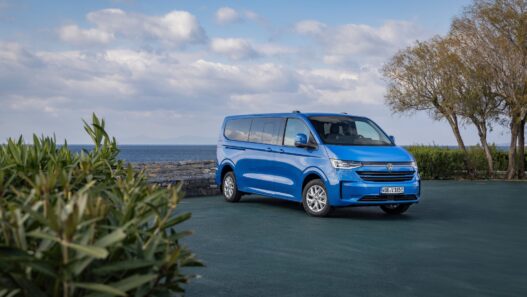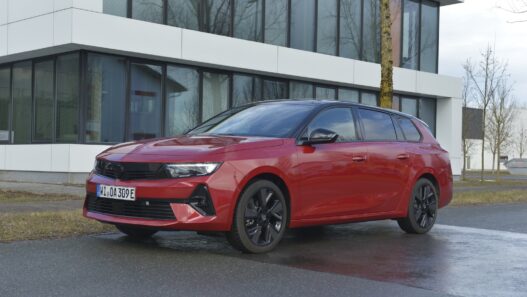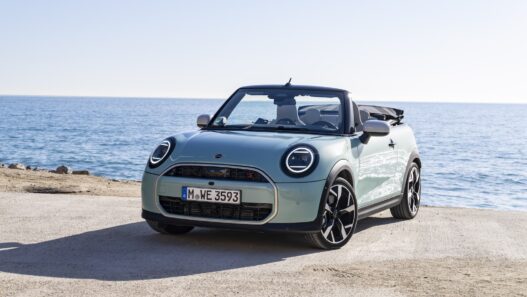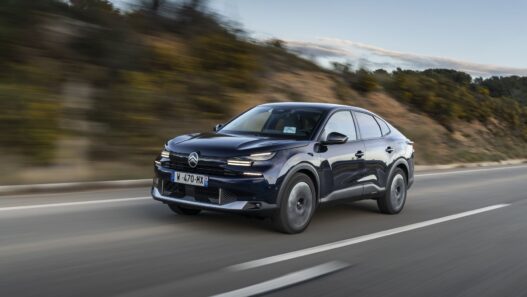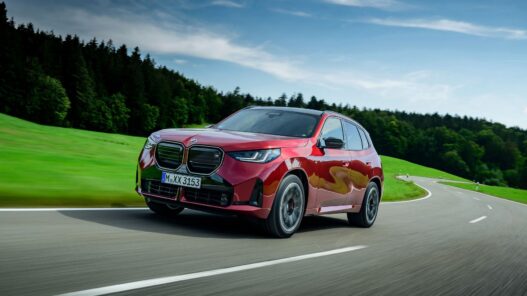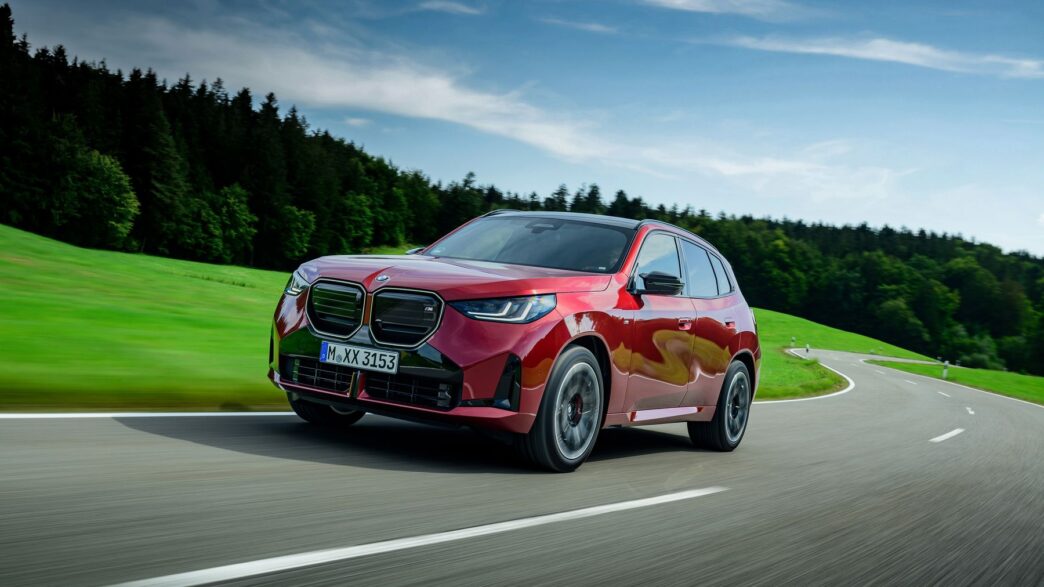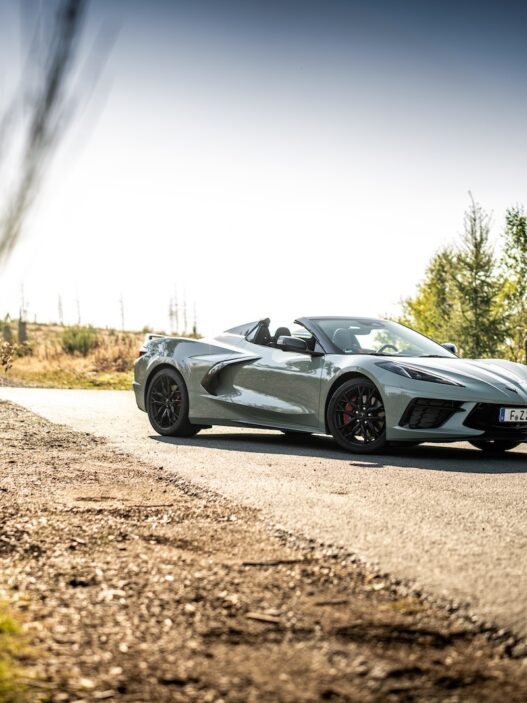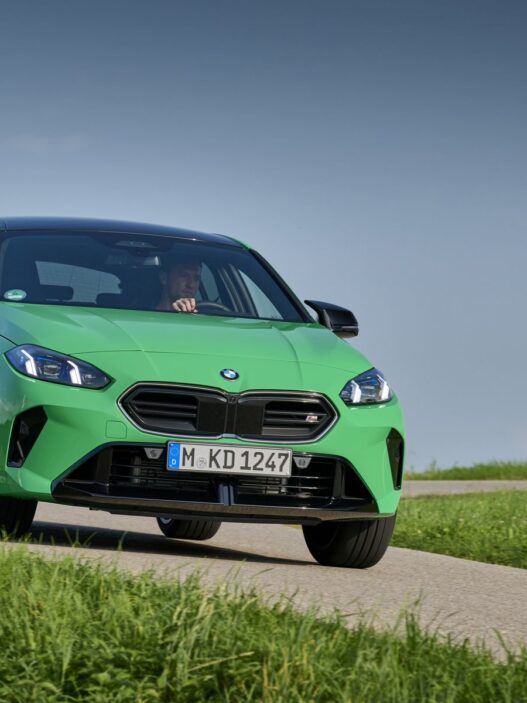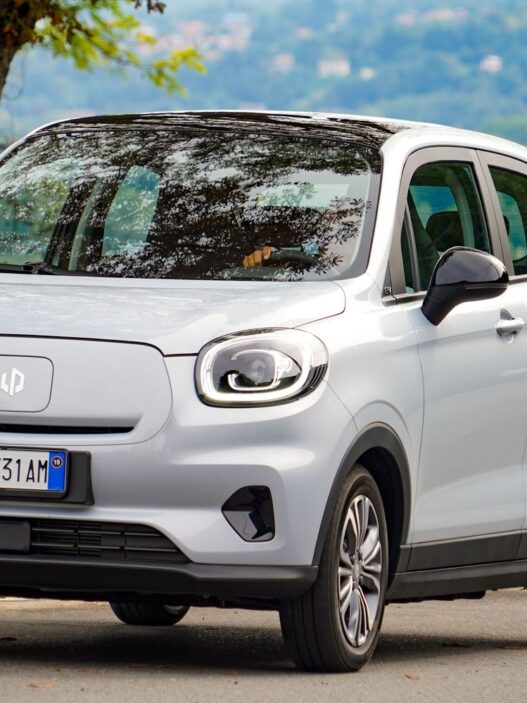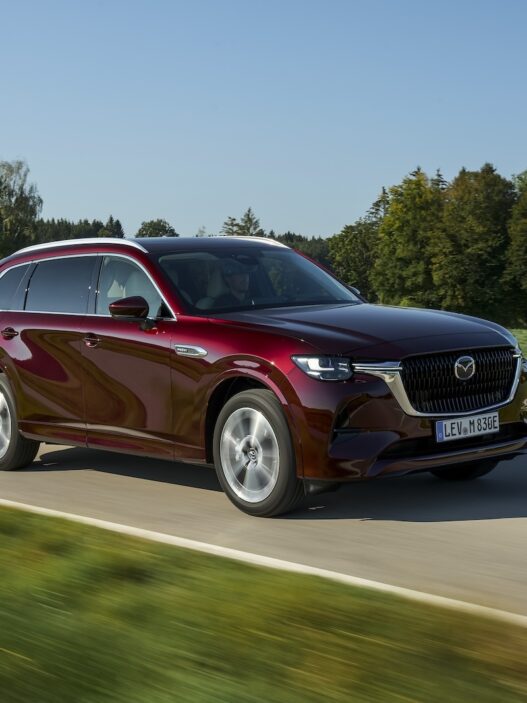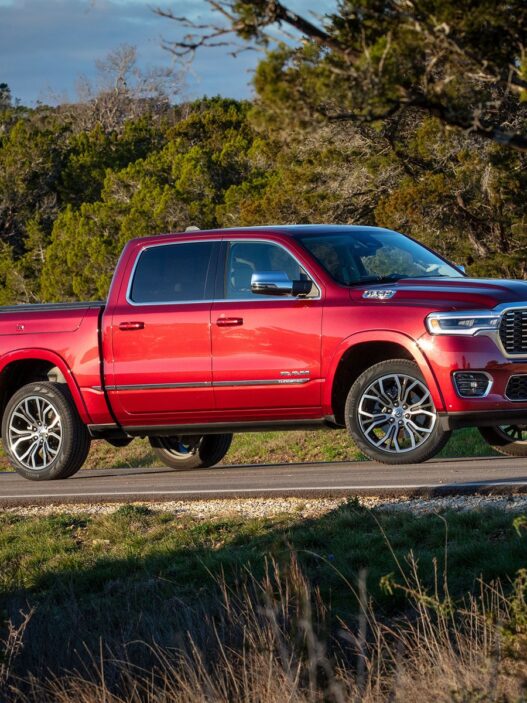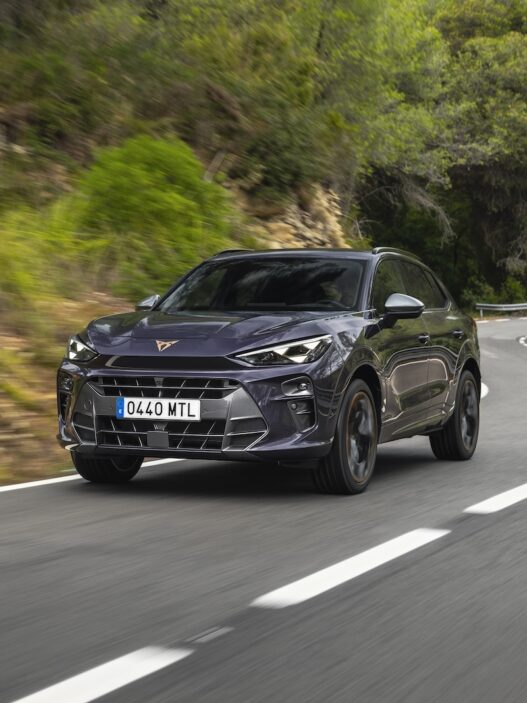BMW is rolling out the fourth generation of its popular X3, with the X3 M50 xDrive standing as the current flagship. It combines newfound agility with the long-distance comfort that drivers expect.
BMW’s Unique Approach
BMW has always done things a little differently. When SUVs first started to take off 25 years ago, BMW decided to call their models Sports Activity Vehicles instead. It’s part of that “Mia san mia” (We are who we are) attitude, much like their hometown football team, Bayern Munich.
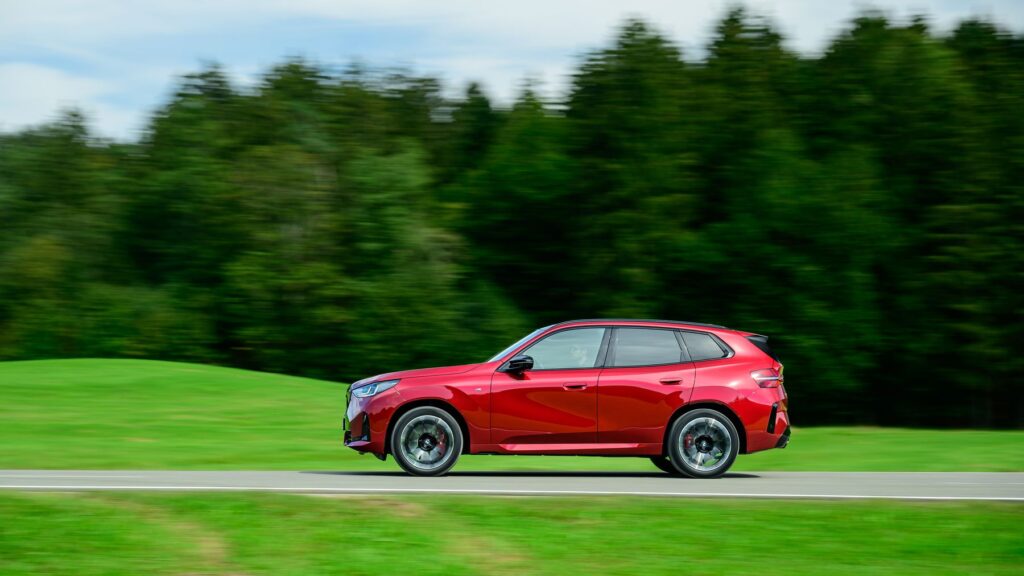
And it seems to have worked – the X3 has sold over 3.5 million units, making it one of BMW’s bestsellers. The fourth generation, internally coded as G45, is set to arrive at dealerships later this year, with big expectations riding on its shoulders.
Plug-in Power and China’s Extended Version
There will be a plug-in hybrid version, with 220 kW (299 hp), an upgraded electric motor, 450 Nm of torque, and an all-electric range of around 90 kilometers. However, this won’t hit the market until later. China will also get an extended-wheelbase version of the X3. Despite all the different variants, BMW sticks to its roots by continuing to offer the beloved inline-six engine under the hood.
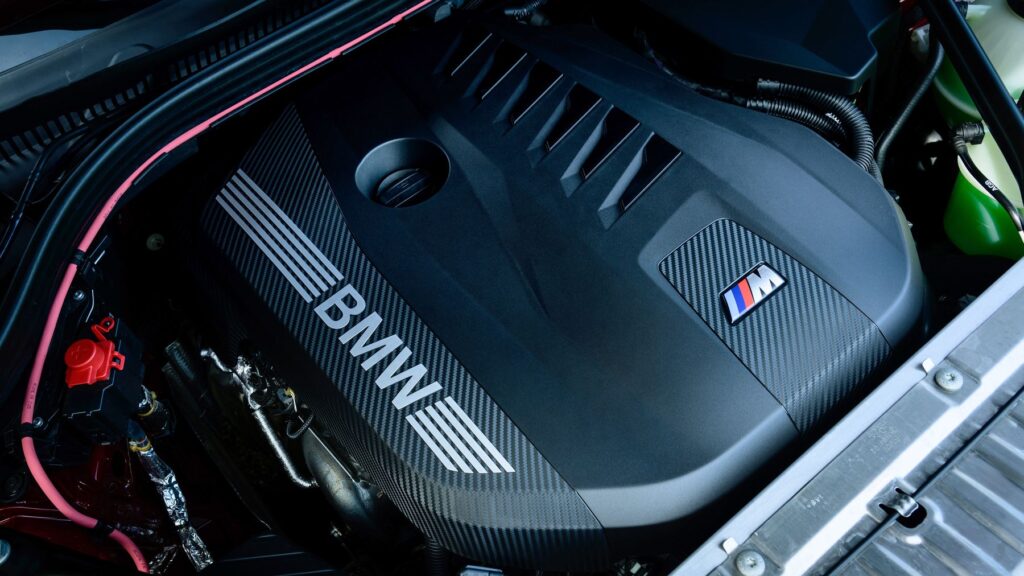
The 3.0-liter TwinPower Turbo (code B58) now comes with a mild-hybrid system adding 13 kW (18 hp), bringing the total output to 293 kW (398 hp) and 580 Nm of torque. That’s plenty of power to keep things moving quickly. Weighing nearly two tons, the X3 is no lightweight, but it still accelerates from 0 to 100 km/h in just 4.6 seconds, with a top speed of 250 km/h. In Sport mode, the inline-six delivers a seamless surge of power, accompanied by a deep, throaty exhaust note.
Handling Meets Comfort
Of course, driving a BMW isn’t just about straight-line speed. Even as an SUV, or SAV in BMW terms, the X3 needs to corner with the best.
The goal is more body control while maintaining good long-distance comfort.
Florian Dietrich, BMW Chassis Expert
Achieving both is always a challenge, but BMW has tackled it with a stiffer body, better connected to the chassis. The suspension is reinforced, especially at the axles and stabilizer bars, giving the X3 a more responsive feel in corners. „It adds more precision,“ Dietrich notes.
More Control and Precision
The improvements are noticeable. The BMW X3 M50 lives up to the „M“ in its name, handling corners with ease. A wider track both front and rear (by up to 45 mm) and the all-wheel-drive system keep things planted. The weight and high center of gravity only become apparent when pushing too hard through tight bends.
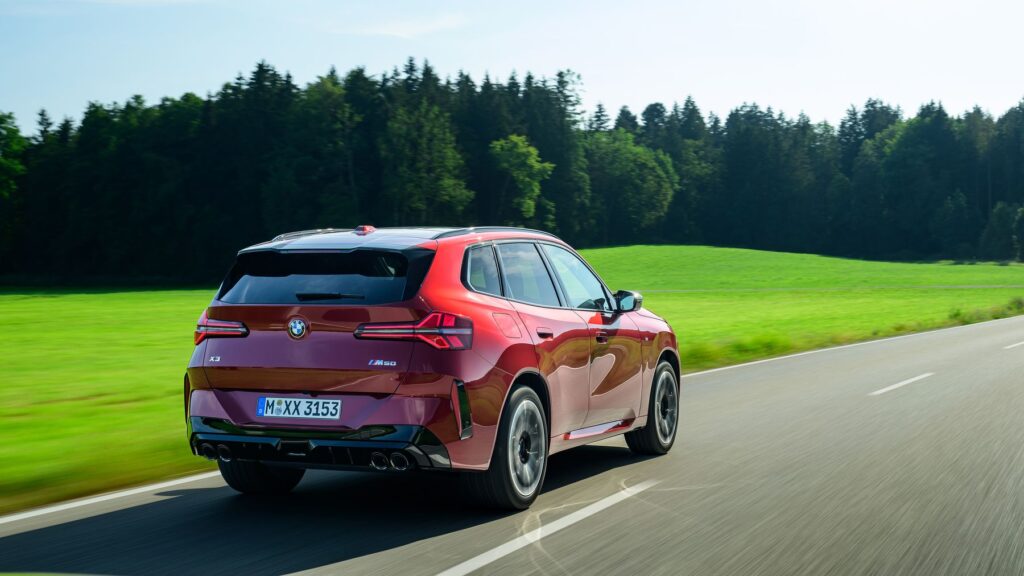
The high seating position also stands out – you sit on top of the seat rather than in it. The steering has been reworked as well, now offering more precision and feedback, which was much needed, as BMW’s steering was previously known for being heavy rather than communicative.
Sporty but Still Comfortable
Despite the newfound sportiness, long-distance comfort hasn’t been sacrificed. The suspension is smoother than before, and the ride is far less stiff than the previous generation. Naturally, the M50 isn’t a cushy luxury cruiser, but even after 150 kilometers, you won’t be climbing out with a sore back.
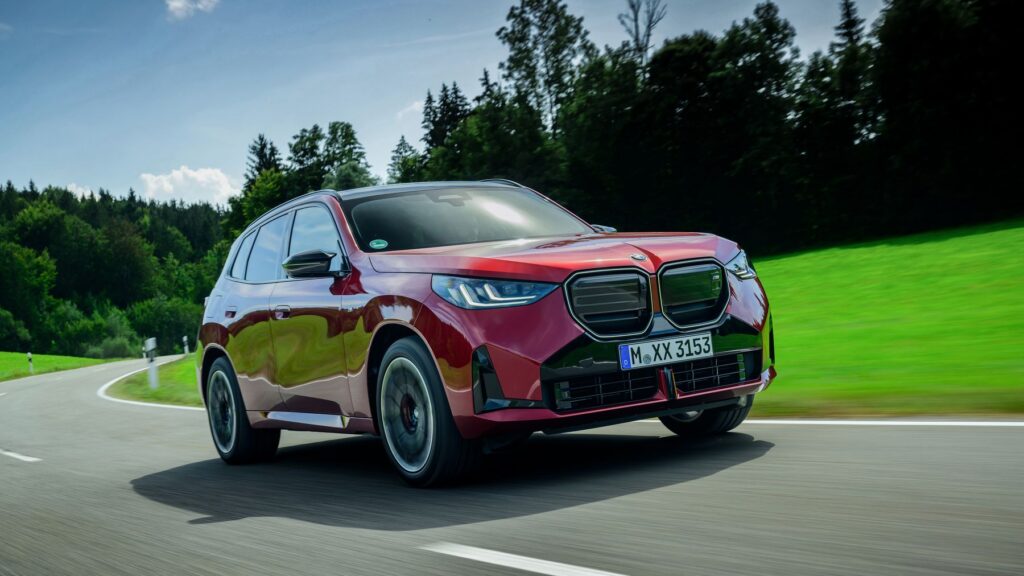
The body stays controlled without excessive bounce, sparing passengers any discomfort. Thanks to a slight increase in size, the X3 is now 3.4 cm longer (4.77 meters) and 2.9 cm wider (1.92 meters), giving it a more spacious feel inside.
Recycled Luxury and Tech Tweaks
Inside, BMW is leaning into sustainability, using fabric made from recycled PET bottles. It’s not a new idea, but BMW is branding it as “Econeer.” That said, for a car starting at €82,500, the amount of hard plastic in the cabin feels out of place.
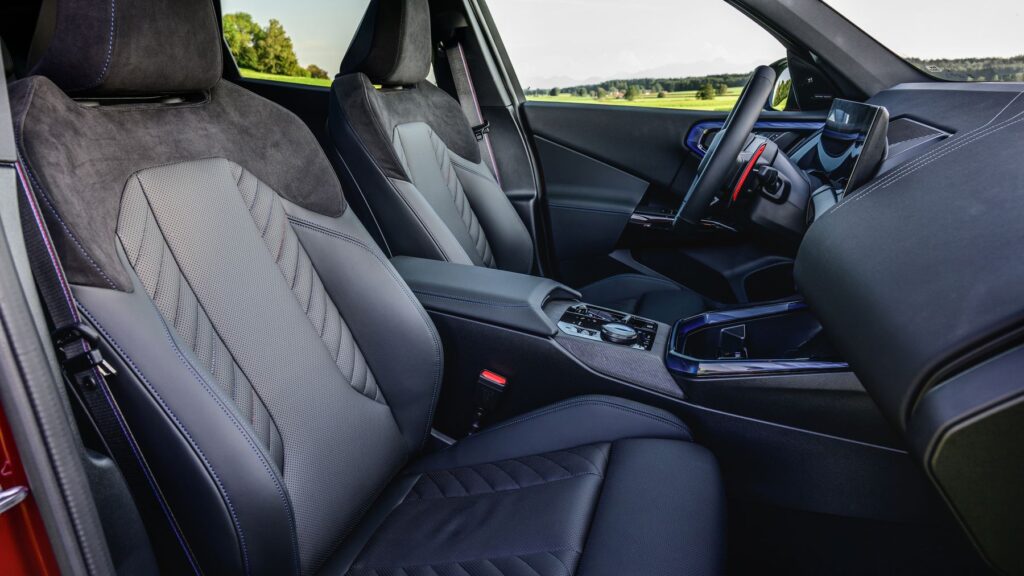
The trim around the head-up display and the control bar for adjusting air vents don’t quite live up to BMW’s premium reputation. The new touch sliders for ventilation control also seem a bit out of sync with what customers expect, especially after the lukewarm reception of similar controls in Volkswagen models.
A Very Digital Cockpit with Familiar Controls
Drivers are treated to a curved 12.3-inch digital instrument display, paired with a 14.9-inch touchscreen for infotainment. We’re glad to see BMW has kept the iDrive rotary controller, which remains a highlight. However, the new BMW Operating System 9 has made the menu structure a bit more complicated, and not everything is as intuitive as it could be.

The head-up display also lags behind rivals like Audi and Mercedes, who’ve been projecting augmented reality onto their windshields for some time now. Instead, the X3’s directional arrows are limited to the touchscreen display, which isn’t ideal but doesn’t take away from the driving fun.
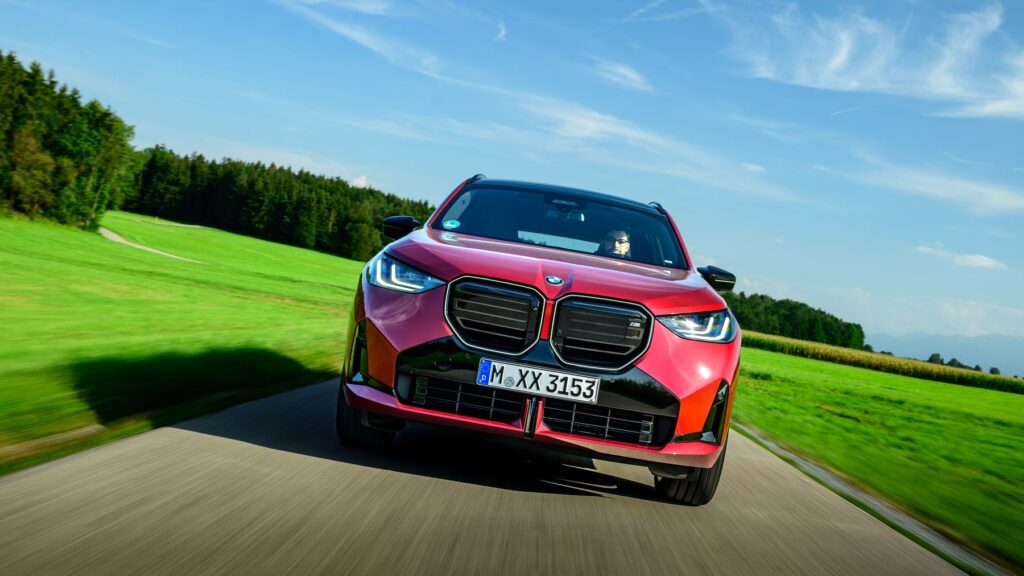
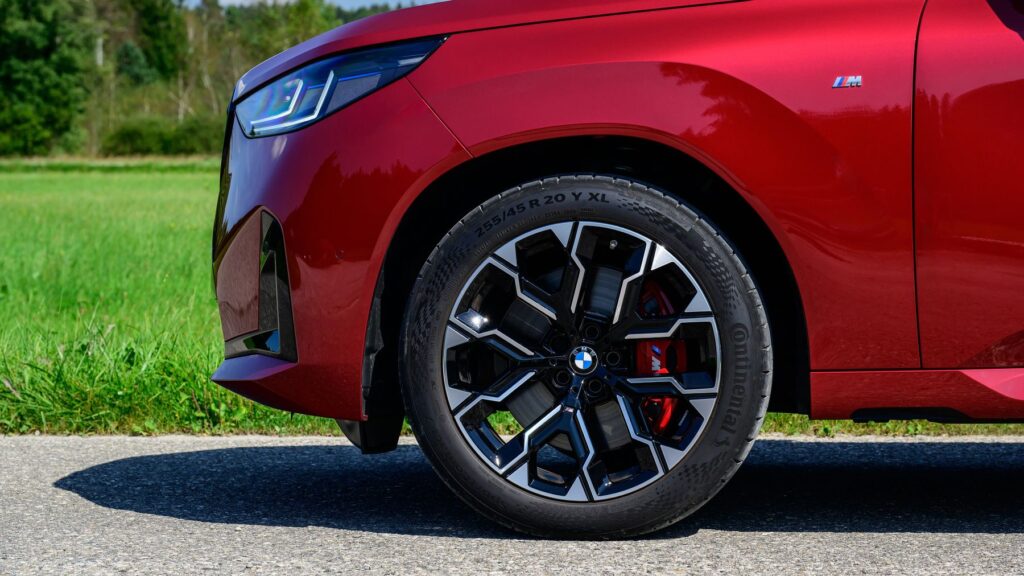
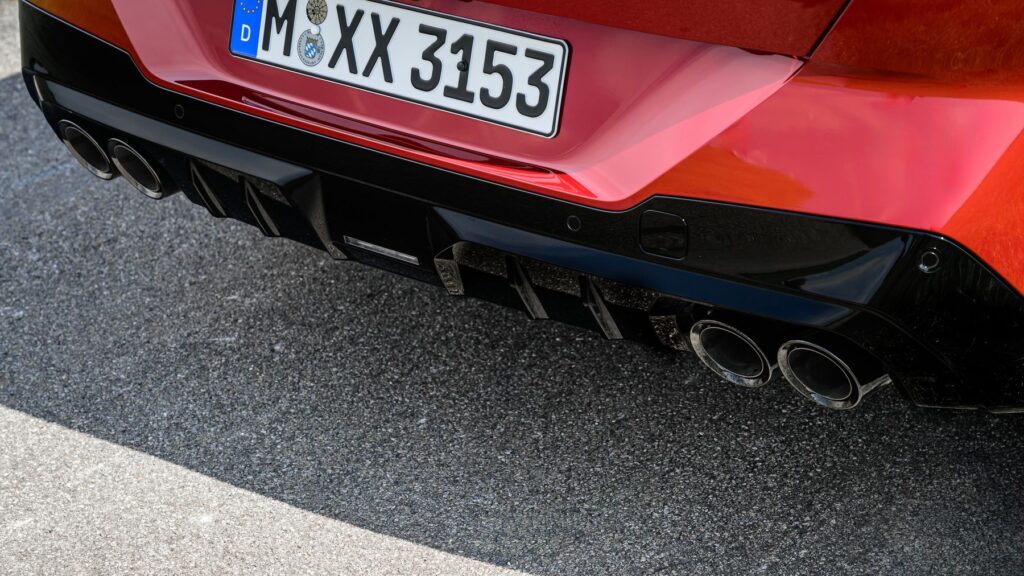
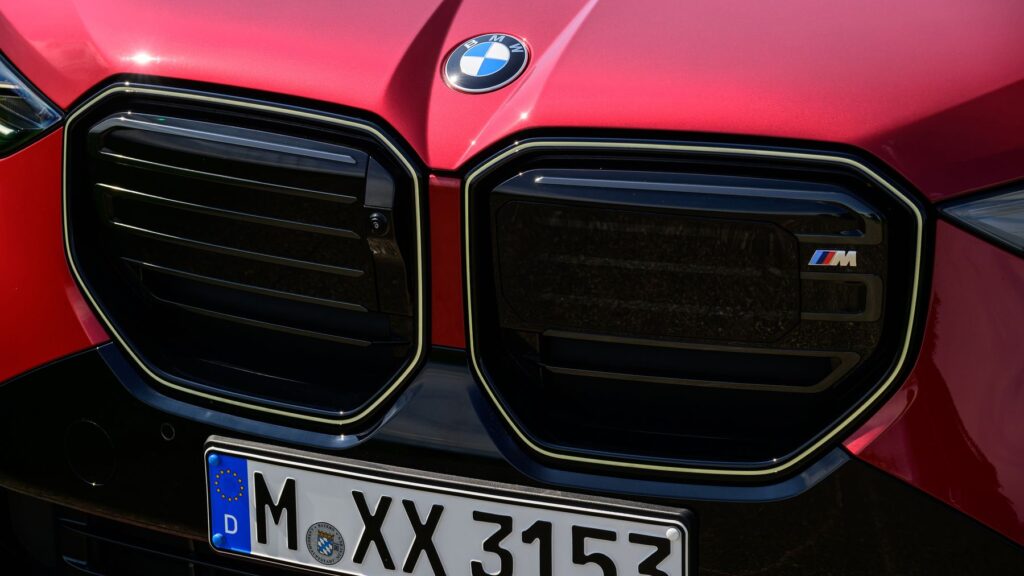
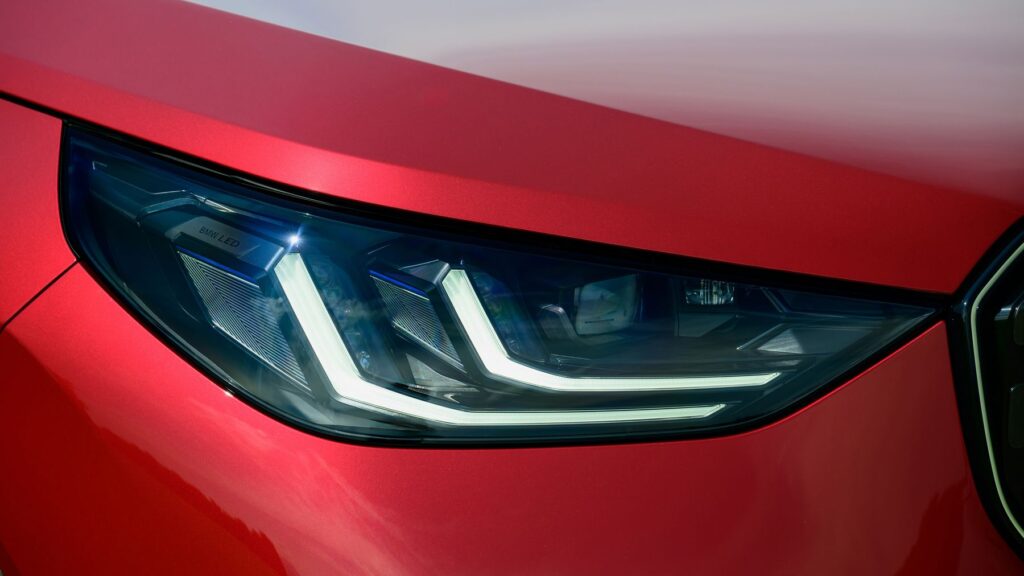
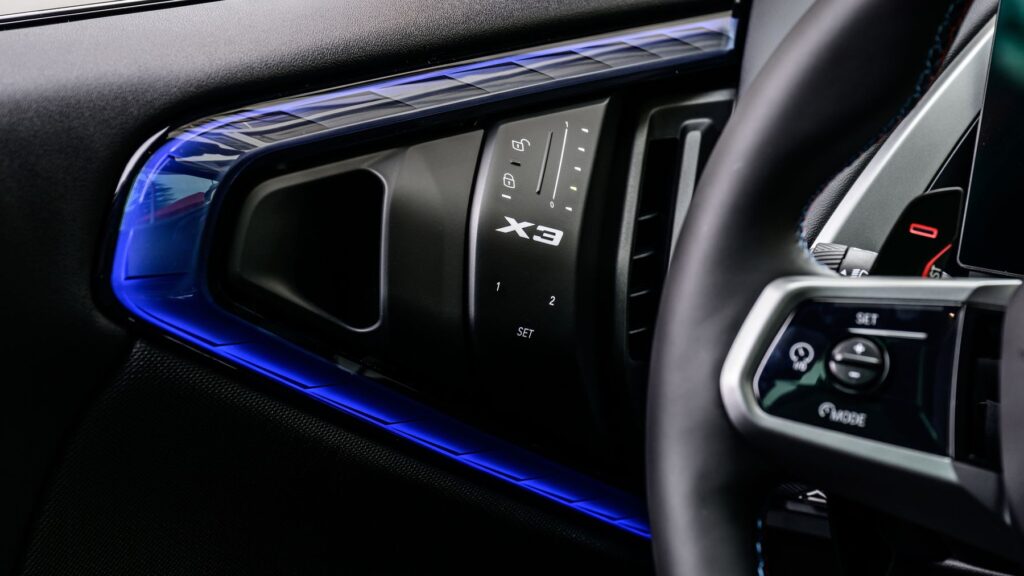
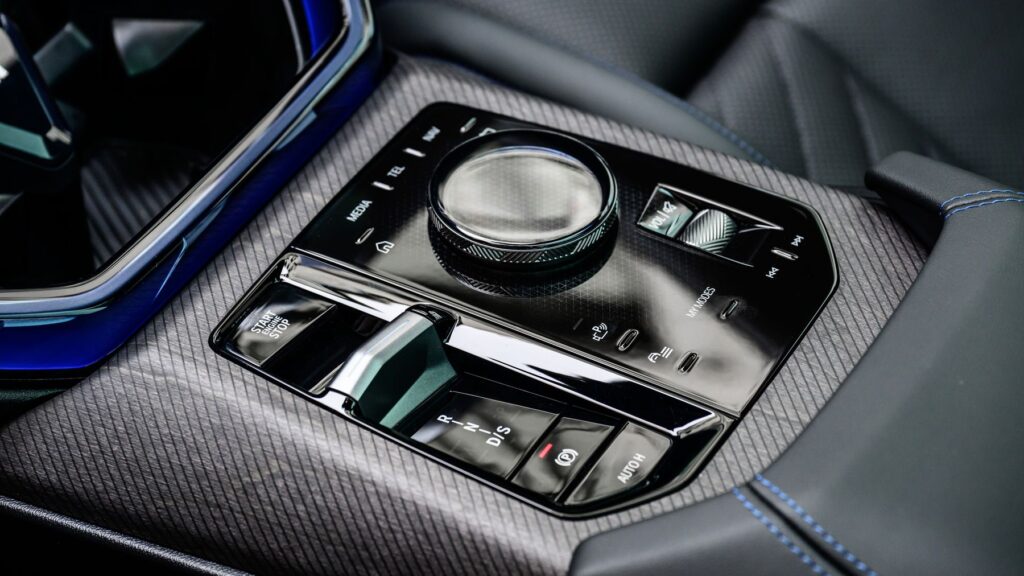
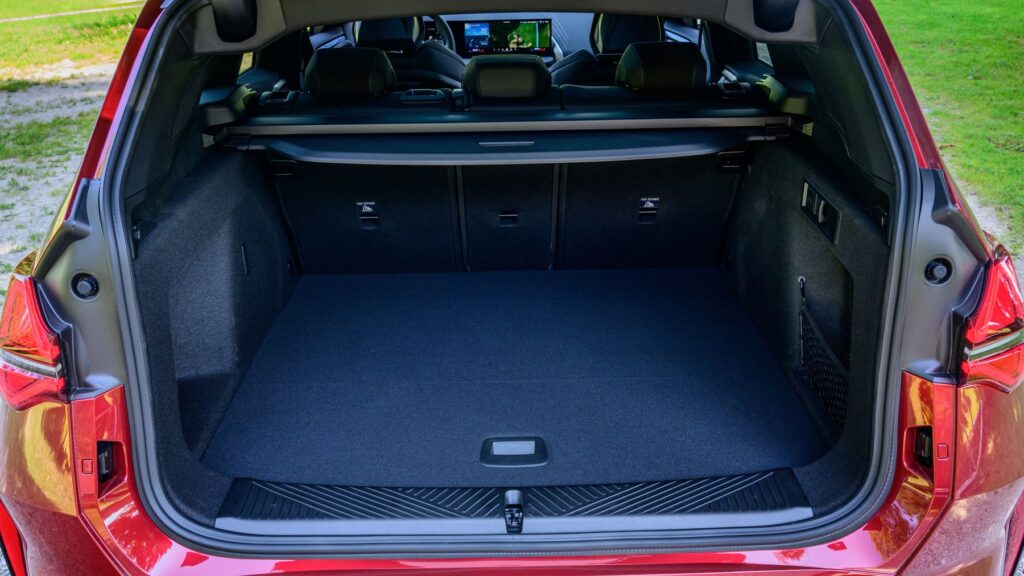
Specifications: BMW X3 M50 xDrive
- Engine: Inline-six
- Displacement: 2,998 cc
- Power: 398 hp (293 kW) at 5,200-6,250 rpm
- Max Torque: 580 Nm at 1,900-4,800 rpm
- Top Speed: 250 km/h
- 0-100 km/h: 4.6 seconds
- Transmission: Eight-speed automatic
- Drive: All-wheel drive
- Fuel: Super unleaded
- Fuel Tank: 65 liters
- Fuel Consumption (EU): 8.3 L/100 km
- CO2 Emissions: 189 g/km
- Curb Weight: 1,980 kg
- Max Load: 645 kg
- Dimensions (L/W/H): 4,755 / 1,920 / 1,660 mm
- Cargo Volume: 570-1,700 liters
- Price: From €82,500
- Base Model Price: €57,900

